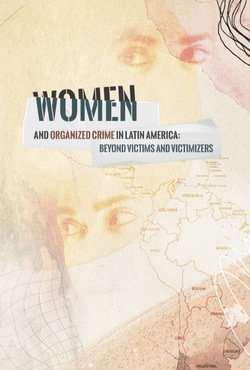By The International Crisis Group
The number of women active in Mexico’s criminal organisation has risen steadily in recent years. Women often view joining criminal groups as a way of protecting themselves from gender-based violence and acquiring the power and respect they lack in law-abiding society. Searing personal accounts, media reports and data analysis of the prison census all point to the conclusion that Mexican women are joining criminal outfits in greater numbers. Frequently from poor backgrounds and broken families, young women offenders report that they drifted into criminality through their partners or connections they forged at drug use hotspots. Male crime bosses tend to value women for their perceived competence, respect for hierarchy and ability to evade police attention. Women’s presence in illegal groups has strengthened these organisations. It has also more deeply embedded crime in the fabric of Mexican society and within families. Deterring women and children from lives of crime will require the state and non-governmental organisations to provide alternative pathways to earning a living through initiatives in, for example, jails, drug rehabilitation centres and schools. The ascent of women in Mexican crime groups represents a striking departure from how they have traditionally intersected with these organisations. Women and their bodies have long been targets of Mexican criminal outfits. When these organisations battle for turf, they often commit femicides and “disappearances” of women – namely, killing them and disposing of the remains – in part to demonstrate dominance in a geographical region. Witness how crimes against women have increased in areas where illegal organisations jockey for control: killing sprees erupted in the border city of Ciudad Juárez in the 1990s and more recently in Zacatecas, Puebla, Veracruz, the State of Mexico and other places where criminal groups are vying for power. But increasing numbers of women are attracted to the benefits they can reap from joining a criminal organisation. Gender-based violence is rife in Mexico, and judicial redress is virtually non-existent. Young women interviewed for this report almost uniformly experienced abuse in their homes and communities. Most noted that the support of criminal groups and the status they acquire within them can offer protection, recognition and even dignity – in addition, of course, to income.
Brussels: International Crisis Groups, 2023. 39p.



